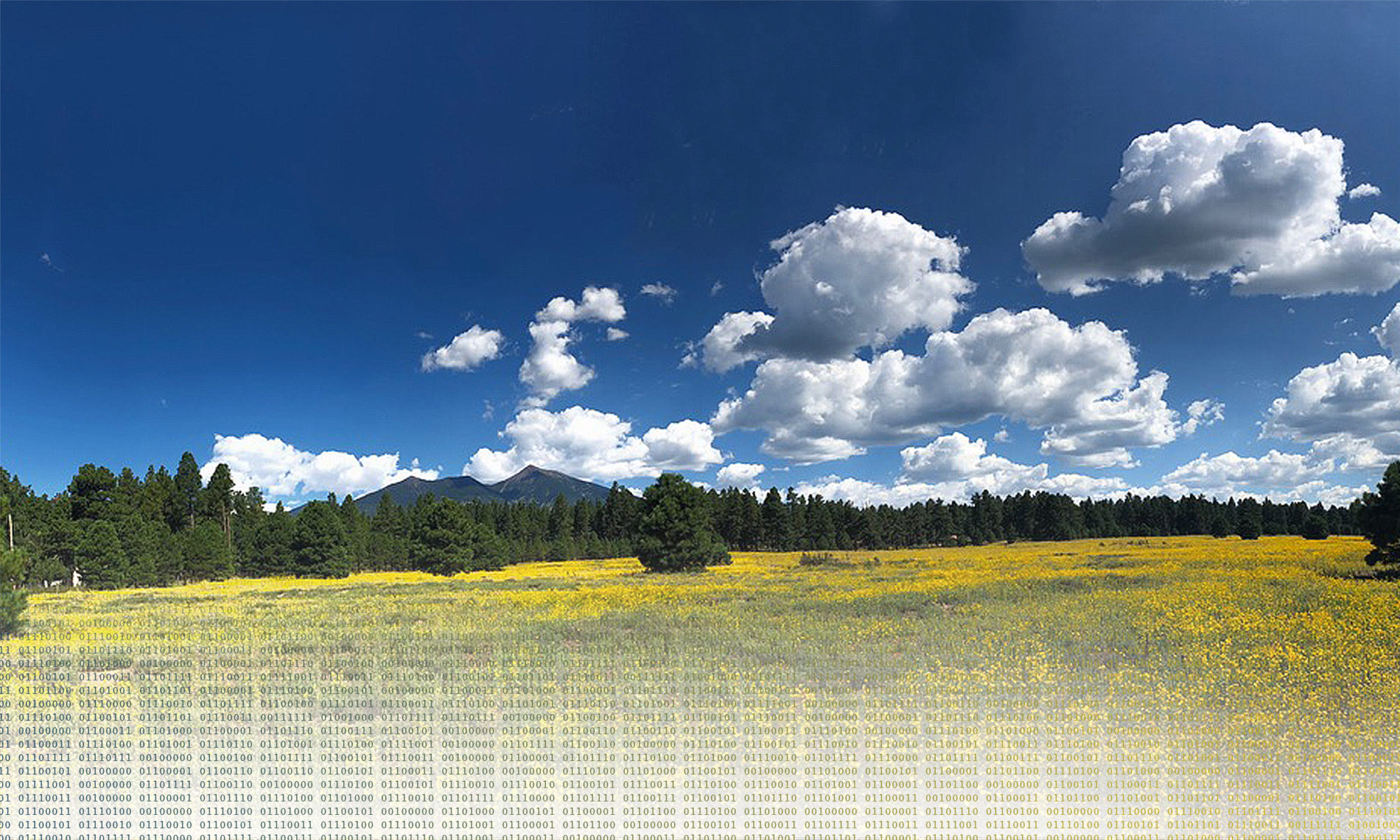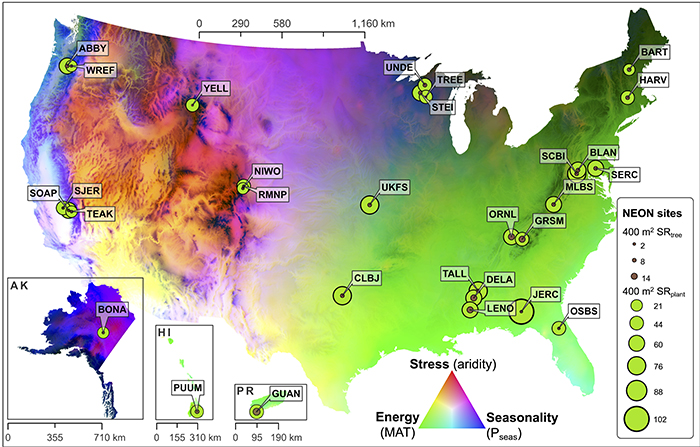Plant biodiversity is one of the key indicators of ecosystem health and productivity. It is also challenging to estimate at large extents. Forest structure has increasingly been recognized as a way to approximate large-scale patterns in the distribution of biodiversity. But how well do biodiversity-structure relationships hold up across climate zones? And how might these relationships inform ongoing and emerging efforts to map and monitor biodiversity over near-global extents? A new study by Drs. Christopher R. Hakkenberg and Scott J. Goetz, recently published in Global Ecology and Biogeography, uses lidar and field observations from the NEON program to explore how climate mediates biodiversity-structure relationships across the United States. Their findings could help improve biodiversity maps created with remote sensing data and better predict the impact of habitat degradation and climate change on biodiversity across disparate ecoregions. This work has also been highlighted on the NEON website.


